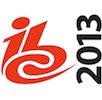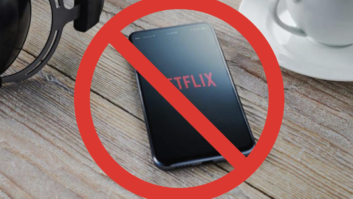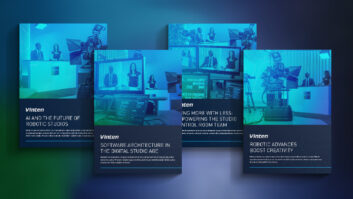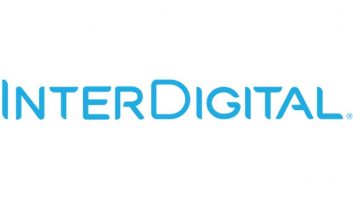
Rovi has introduced a software development kit for HEVC, to make it simpler for developers to add the new compression standard to their products. The MainConcept HEVC SDK 1.0 also includes Rovi technology to reduce content conversion times.
As High Efficiency Video Coding (H.265) promises to halve the bitrates necessary to transmit HD at the same quality compared to H.264 (AVC), it is attracting widespread interest for inclusion in bandwidth-constrained services, such as mobile video, and for higher resolution content, such as Ultra HD. Rovi’s SDK is one of the first broadly available solutions for streamlining the integration of HEVC into virtually any video application, service or environment.
The SDK is aimed at developers who serve the broadcast, content creation, mobile, and consumer industries and is designed to streamline the adoption of the new compression standard and help to speed the conversion of entertainment libraries into HEVC-compatible streaming formats such as DivX Plus Streaming, Apple HLS, or MPEG-DASH.
It uses Rovi’s patent-pending Smart Adaptive Bitrate Encoding Technology (SABET), which can allow users to process up to 10 simultaneous output streams from a single source, reducing CPU cycles by using common encoding processes across all levels.
It is hoped that this will speed market adoption of HEVC by lowering costs and reducing the time needed for mass transcoding of video content libraries, which would be a major barrier for content owners contemplating the switch to HEVC.
“Certainly one of the major challenges service providers and content owners face in switching to a new codec is converting their vast entertainment catalogues,” said Avni Rambhia, senior industry analyst of Frost & Sullivan’s Digital Media Practice.
“The challenge becomes even greater given the requirement to support streaming and adaptive bitrate formats that involve transcoding each piece of content into as many as ten different profiles or individual streams. Given that content availability is a key to driving device manufacturers and others in the industry to support HEVC, technology like SABET should not only help speed content availability, but also fuel overall market adoption.”
More than 50 companies participated in Rovi’s HEVC beta program for the SDK earlier this year, including companies in digital media creation, transcoding, and delivery, such as Wohler Technologies, Castis (media delivery provider for cable and IPTV), Marex Broadcast Systems (software developer for OEMs) and MTI Film (Cortex Dailies and Transcoding). The SDK offers a flexible MainConcept Application Programming Interface to ease the process of adding HEVC support to new or existing products and includes an HEVC encoder and decoder.
“Current codec technology and IP infrastructure are straining to keep up with demands from consumers for high-quality digital content across multiple screens,” said Kanaan Jemili, SVP, Product Management, Rovi Corporation.
“HEVC is the key to satisfying these demands, so we believe the release of MainConcept HEVC SDK 1.0 is a significant milestone that will help kick start third-party development, as well as Rovi’s own significant product development efforts to support the entire end-to-end value chain.”
The SDK currently supports 4:2:0 8-bit (Main) profile, although the 10-bit (Main10) profile will be added in v2.0 later in the year. V2.0 will also offer 64×64 Coding Unit support for UHD (4K) resolutions, while v1.0 supports up to 32×32. The SDK also offers DivX HEVC Profile support for 4K, 1080p and 720p. It can compress using I-, P- and B-Frames, Pyramid B-Frames, and fixed or adaptive GoP Structure with scene change detection and adaptive B-Frame count. The HEVC Decoder will be available for ARMv7 platforms (iOS and Android) in the Mobile HEVC SDK 2.0, which should also arrive in Q4 2013.
Besides being useful for third-party developers, the SDK is a core component of Rovi’s end-to-end system for enabling and accelerating HEVC adoption through the video value chain – from professional and consumer content creation to secure delivery and multi-platform enhanced playback. This system includes: the DivX Video Service, using the established DivX digital rights management, for protected content delivery for service providers, mobile operators and content retailers; DivX software tools for PC-based consumer creation and playback; and a new DivX Certification program to allow IC and OEM customers to quickly bring to market mobile and consumer electronics products that support high-quality HEVC playback.
The MainConcept HEVC SDK is available for Windows, Mac OS and Linux, in 32- and 64-bit versions, low level C++ API and DirectShow filters. More information is available at: www.mainconcept.com/hevc.
By David Fox







